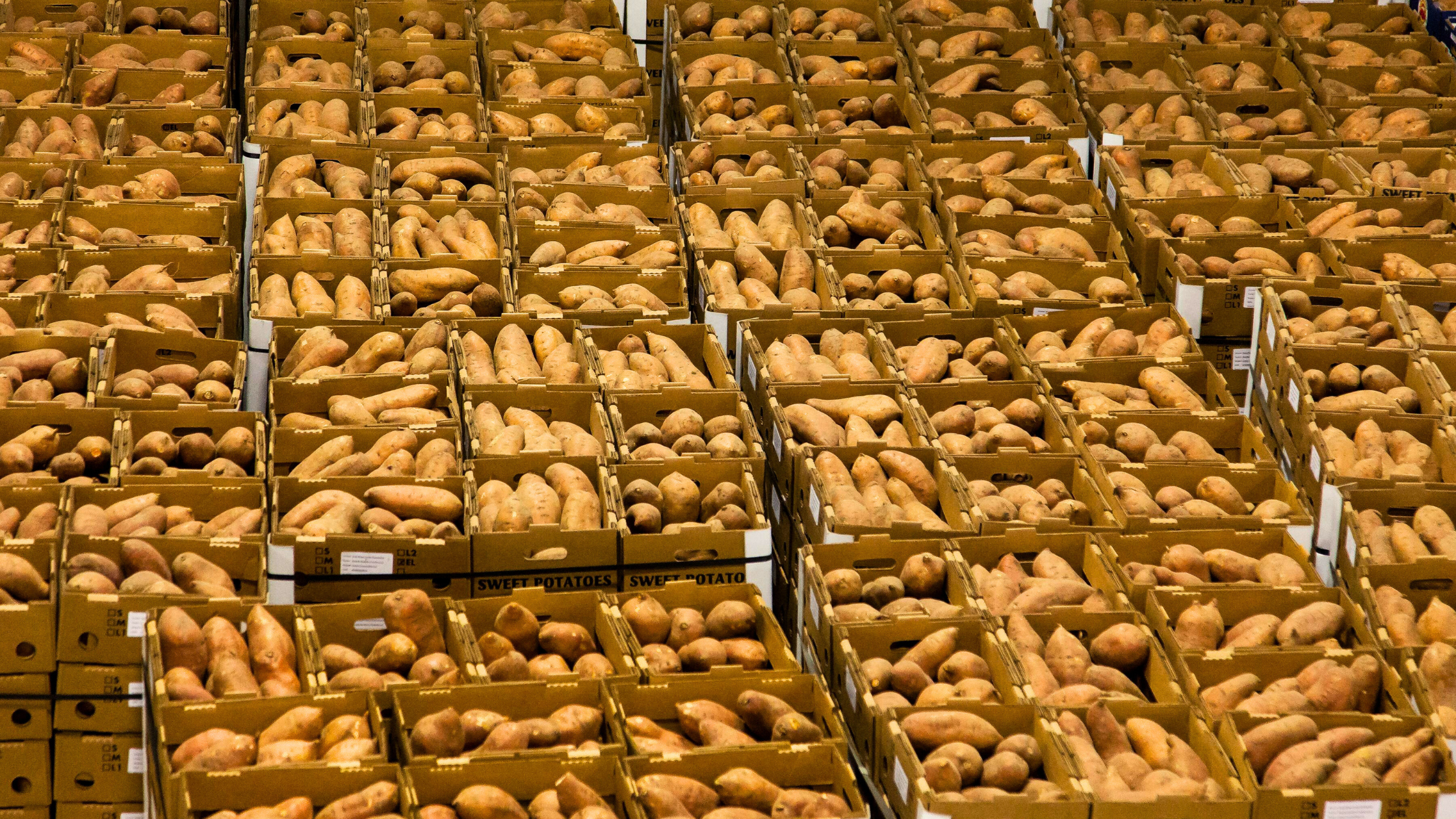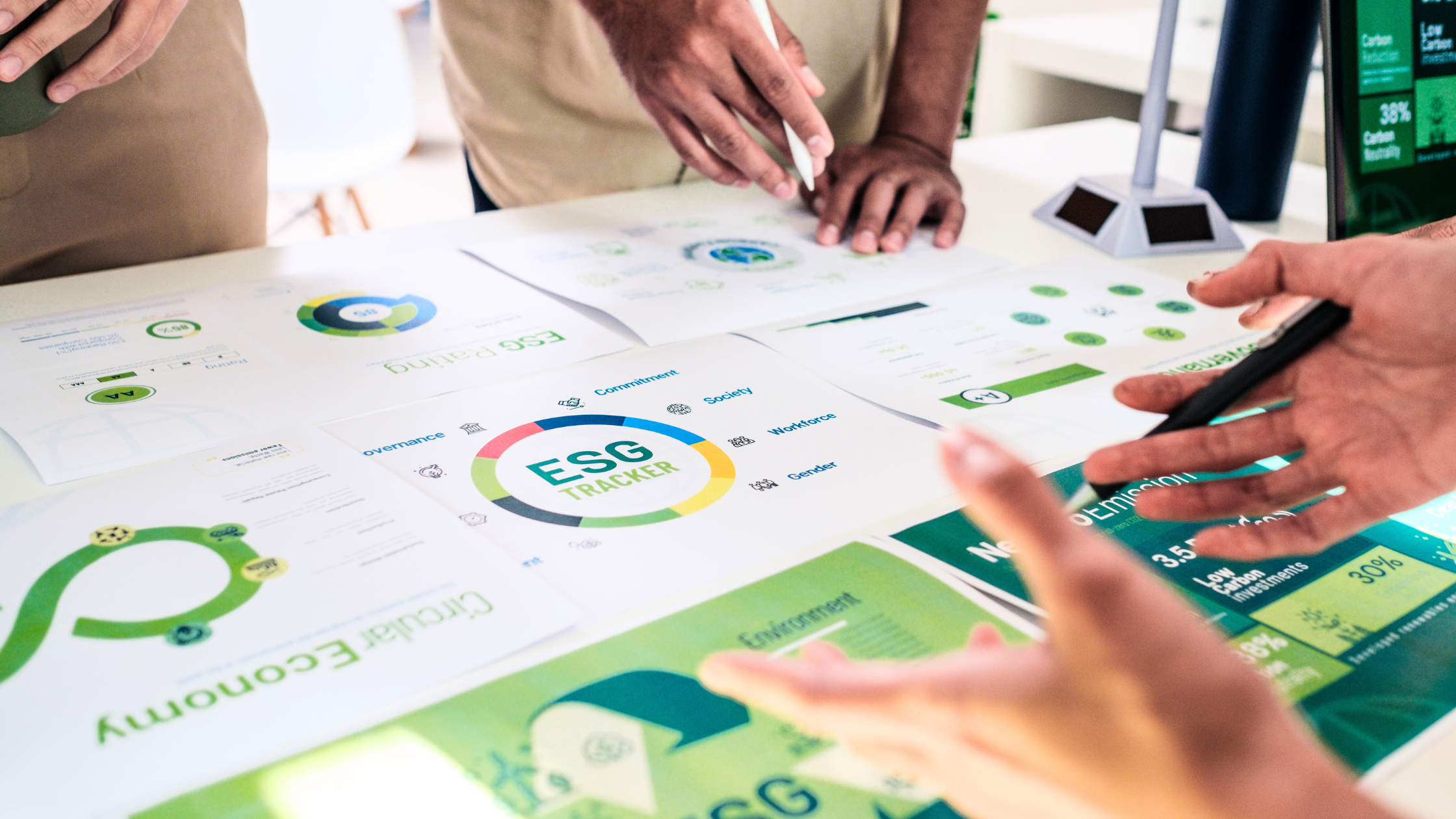
How to Measure Supply Chain Emissions: A Step-by-Step Guide
Author
Karbon-X
Author
Karbon-X
Beyond the Factory: Addressing Emissions
As the food and beverage (F&B) industry increasingly focuses on sustainability, one challenge stands out: understanding and managing emissions across the full value chain.
Many companies have made important strides in improving the efficiency of their own operations, but a large portion of emissions often over 90% lies outside direct control, in what’s known as Scope 3 emissions. These indirect emissions come from agriculture, raw materials, packaging, transportation, and distribution.
For companies committed to improving environmental performance, understanding how to measure supply chain emissions is an essential step toward more sustainable operations and stronger supplier relationships.
Step 1: Understand Scope 1, 2, 3 Emissions
A strong measurement process begins with understanding how emissions are categorized:
Scope 1: Direct emissions
These come from sources you own or control, such as company vehicles, manufacturing equipment, or boilers.
Scope 2: Indirect emissions from purchased energy
This includes emissions from the electricity, heating, or cooling you buy to power your facilities.
Scope 3: Indirect emissions across the value chain
This broad category covers emissions from suppliers, purchased goods, transportation, packaging, waste, and product use. For F&B companies, Scope 3 often accounts for the vast majority of emissions.
Taking time to build internal understanding of these categories will ensure your team approaches measurement with clarity and focus.
Step 2: Map Your Supply Chain
Before gathering data, map out your supply chain to identify the activities and partners contributing most to emissions.
Raw materials: Consider agricultural inputs like grains, dairy, meat, or produce, and the farming practices behind them.
Packaging materials: Include plastic, paper, glass, and metal packaging, which often carry significant emissions from production.
Manufacturing and processing: Evaluate emissions linked to production facilities, whether owned or outsourced.
Transportation and logistics: Look at how goods move across the value chain — including freight, warehousing, and cold chain logistics.
Distribution and retail: Understand how products reach consumers and the emissions embedded in that stage.
Focusing first on the most material contributors will help prioritize where to go deeper with measurement.

Step 3: Engage Your Suppliers
Suppliers are essential partners in this work — not just data providers but collaborators in improving environmental performance.
Communicate why measurement matters: Explain how emissions data supports shared goals, such as meeting customer expectations, improving efficiency, and preparing for emerging regulations.
Provide clear guidance: Offer templates, checklists, or tools to help suppliers understand what data you need and how to provide it.
Prioritize top suppliers: Start with key suppliers who represent the largest portion of spend or emissions, and phase in the rest over time.
Offer support and collaboration: Where possible, share technical guidance or bring in partners like Karbon-X to help suppliers with their own measurement and reporting.
Taking a collaborative, non-punitive approach builds trust and lays the groundwork for long-term improvements.
Step 4: Collect and Calculate Emissions Data
Once you have supplier buy-in, focus on building an accurate emissions baseline.
Collect activity data: This could include energy use, fuel consumption, production volumes, or transportation mileage.
Apply emissions factors: Multiply activity data by reliable emissions factors from databases like DEFRA, EPA, or the GHG Protocol to estimate emissions.
Aggregate across the supply chain: Roll up data to create a full emissions profile, segmented by product line, region, or supplier group as needed.
Many companies use frameworks like the Greenhouse Gas Protocol or SBTi tools to guide this process, often supported by external experts or consultants.
Step 5: Set Targets and Track Progress
With a baseline in place, the next step is setting meaningful, realistic reduction targets.
Define clear goals: For example, reducing Scope 3 emissions by 25% over the next decade or transitioning 50% of suppliers to renewable energy sources by 2030.
Align with global standards: Consider frameworks like the Science Based Targets initiative (SBTi) to ensure targets meet international best practices.
Monitor progress regularly: Establish checkpoints to assess progress, identify challenges, and adjust strategies as needed.
Setting achievable goals reinforces accountability and supports continuous improvement.
Step 6: Communicate Progress Transparently
Today’s stakeholders — from customers and investors to regulators and industry peers — increasingly value transparency.
Report progress in ESG disclosures and sustainability reports: Provide clear, data-backed updates on both successes and areas for improvement.
Celebrate supplier progress: Recognize top-performing partners to reinforce commitment across the value chain.
Avoid overstated claims: Focus on credibility and accuracy to build long-term stakeholder trust.
Working with independent partners, such as Karbon-X, can help ensure reporting aligns with global standards and withstands stakeholder scrutiny.

Why It’s Worth the Effort
Measuring supply chain emissions delivers value far beyond regulatory compliance.
Operational efficiency: Identify opportunities to reduce energy use, waste, and costs.
Resilient supplier relationships: Collaborate on solutions that improve reliability and environmental performance.
Brand leadership: Strengthen market position with customers, retailers, and investors who value sustainability.
Future readiness: Prepare for expanding regulations and shifting market expectations.
Get the Tools You Need
To support your journey, we’ve developed the Food & Beverage Playbook — a practical guide designed specifically for companies like yours.
Inside you’ll find:
A step-by-step roadmap for supply chain emissions measurement
Supplier engagement templates and best practices
Case studies and insights from industry leaders
Download your free copy of the playbook now →
Equip your team to build a more resilient, sustainable supply chain, one step at a time.